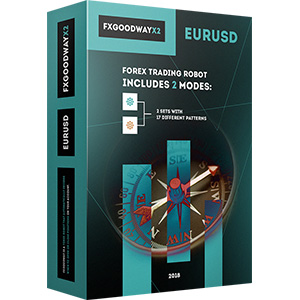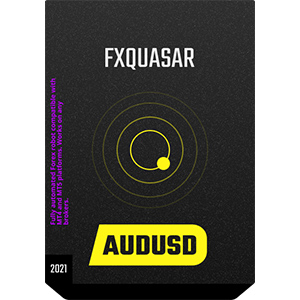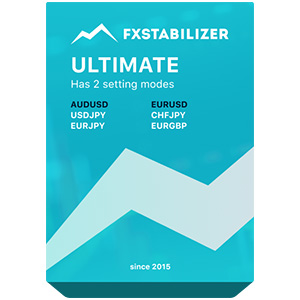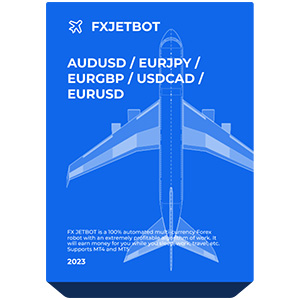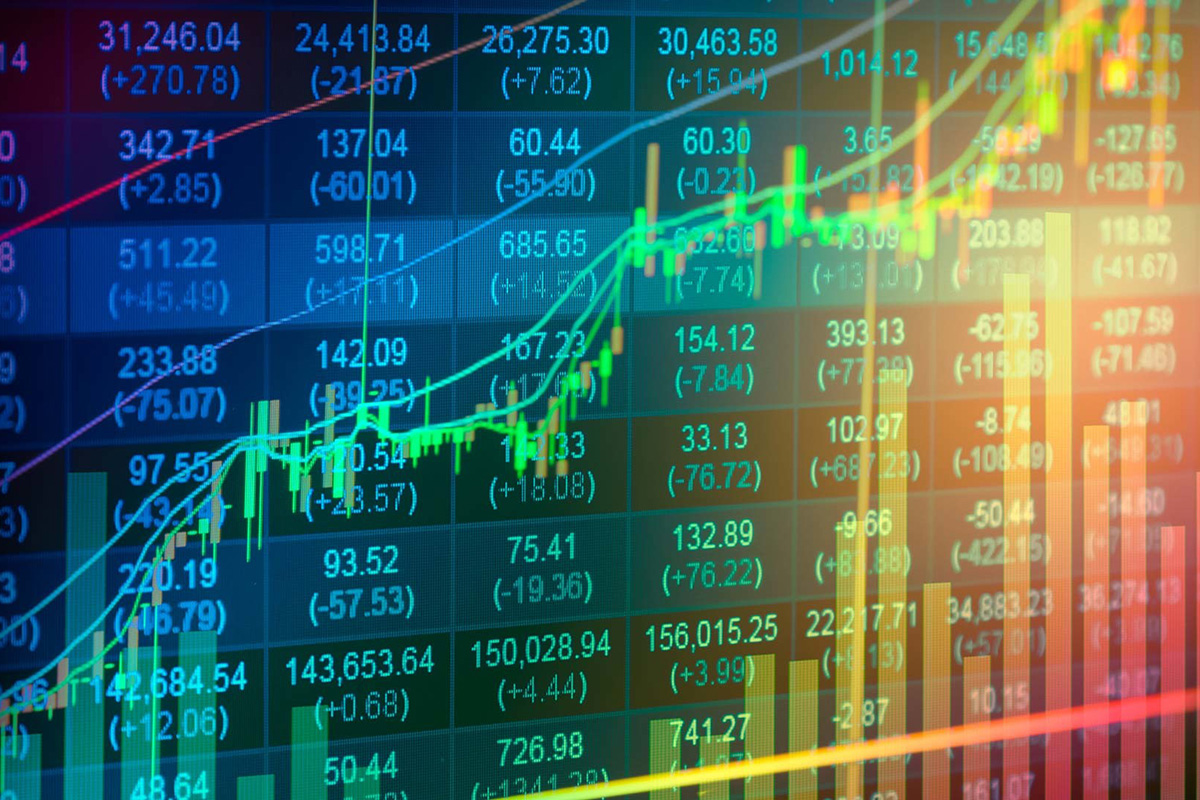
Dovrai imparare la struttura del trading Forex in generale per capire cosa sono gli spread nel trading Forex. La prima cosa è che tutte le transazioni FX vengono effettuate utilizzando intermediari. Questi intermediari (broker) non lavorano gratuitamente. Il pagamento per i loro servizi è incluso in ogni costo di transazione. Il profitto di un broker online è la differenza tra il prezzo di offerta e il prezzo di domanda. Quindi, quando stai cercando di capire cosa significano gli spread nel Forex, ecco la risposta.
Diamo un'occhiata più da vicino alla natura e alle caratteristiche dello spread nel trading Forex. Allo stesso tempo, imparerai le regole per il calcolo degli spread, i segreti per gestire questo valore e le strategie di trading basate su di esso.
Che cos'è lo spread nel trading?
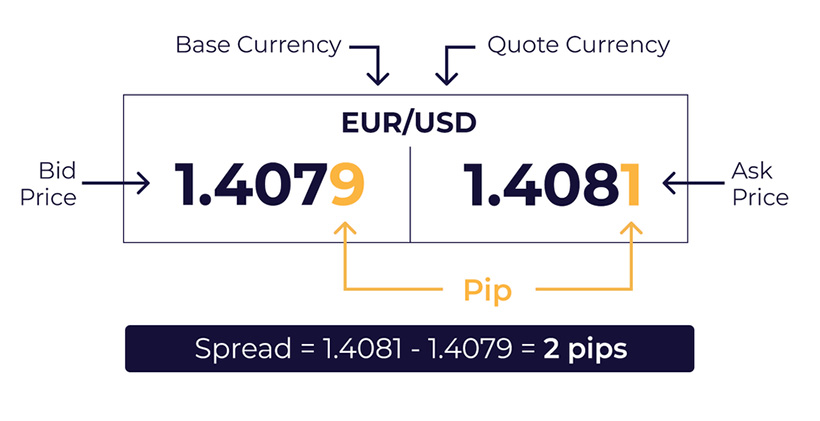
Quindi, la differenza tra il prezzo di offerta e il prezzo di domanda è la risposta alla domanda su cosa siano gli spread nel trading Forex. La definizione completa di spread nel Forex è la seguente:
Il significato di spread nel Forex è spiegato come l'importo che un trader paga a un broker online per effettuare una transazione di trading. Inoltre, il significato di spread nel Forex sembra la differenza tra i prezzi di acquisto e di vendita di una coppia di trading. Allo stesso tempo, il prezzo di acquisto è sempre più alto del prezzo di vendita, mentre il prezzo di mercato della valuta di base è approssimativamente a metà tra questi valori.
La dimensione dello spread dipende dalla stabilità della coppia di valute, dalla sua liquidità, dai volumi e dall'orario di trading. Dipende anche dal broker specifico i cui servizi il trader utilizza.
Tipi di Spread nel Forex

Gli spread Forex sono di due tipi: fissi o variabili. Quando si tratta di scambiare coppie di valute, si sta trattando con uno spread variabile poiché il prezzo di offerta e il prezzo di domanda cambiano costantemente. Notizie, eventi e altri fattori causano volatilità. Questo non è sempre conveniente perché c'è il rischio di un'espansione brusca e slippage dello spread. Allo stesso tempo, questa opzione ha i suoi vantaggi: è vantaggioso per i trader esperti lavorarci perché è abbastanza possibile ottenere uno spread stretto piuttosto che incontrare una richiesta di quotazione.
L'opzione fissa ha requisiti di capitale più bassi, offre costi di transazione stabili e prevedibili ed è indipendente dalla volatilità di mercato. Tuttavia, nel Forex, puoi trovare un broker a basso spread e risparmiare.
Come calcolare lo spread nel Forex?
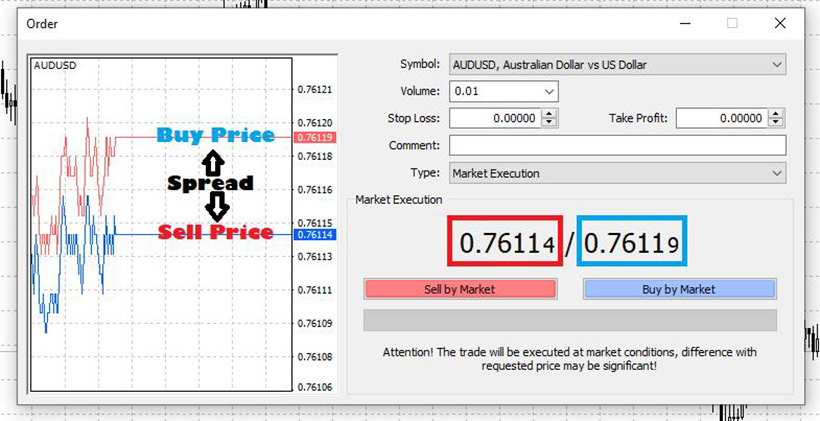
Per scoprire cos'è uno spread buono nel Forex, è necessario imparare come calcolare lo spread. Lo spread è una variabile, un valore instabile, anche per la stessa coppia di valute. Quindi, il costo dello spread Forex è definito come segue: il prezzo di vendita viene sottratto dal prezzo di acquisto.
Ad esempio, nella coppia GBP/USD che scambia a 1.3085/1.3087, lo spread è 1.3087-1.3085=0.0002.
Cioè, lo spread, in questo caso, è pari a 2 punti.
Quanto più punti si ricevono nel processo di calcolo, più ampio (o più alto) è lo spread, e viceversa. Il compito del trader è trovare spread stretti poiché perdono meno in tali operazioni, e il commercio stesso è più accessibile in questo caso. Con l'esperienza di trading, non dovrai ricordare tutto il tempo come calcolare lo spread nel Forex — accade automaticamente. Così come puoi fare affidamento sui migliori robot Forex per affrontare diverse questioni di trading.
Nota! Lo spread sembra appena piccolo. Nel contesto di volumi di trading elevati, si tratta di importi significativi: a partire da $10 per un lotto standard.
Come puoi gestire lo spread nel tuo trading?
Il trader ha l'opportunità di ridurre al minimo il costo degli spread. Questo è giustificato dalla definizione stessa, cosa significa spread nel Forex? Ci sono diversi modi principali per raggiungere questo obiettivo:
- Operare nel momento più favorevole.
- Evitare coppie di valute a bassa liquidità.
- Utilizzare i servizi di broker a spread basso.
Un periodo favorevole per il trading è considerato un momento in cui la concorrenza e la domanda per una certa coppia di valute aumentano. In questo momento, i market maker restringono gli spread per catturare le posizioni desiderate. Una valuta poco scambiata ha una bassa domanda e di conseguenza uno spread ampio. Il picco di liquidità è osservato tra le 13:00 e le 17:00 ora di Londra. Tuttavia, il trading prima o subito dopo la pubblicazione di notizie importanti è estremamente sfavorevole. C'è una tendenza per gli spread ad aumentare in tali momenti.
Non puoi fare trading nel Forex senza un broker. Tuttavia, hai sempre l'opportunità di scegliere il broker che offre condizioni favorevoli. Di solito, più alto è il deposito dell'investitore, più bassi sono i costi delle transazioni.
Cosa determina la variazione dello spread nel Forex?
Le principali ragioni della fluttuazione dello spread sono i seguenti fattori:
- Instabilità di mercato;
- Un cambiamento nei principali indicatori economici, che rafforzano o indeboliscono una certa coppia di valute;
- Se una coppia di valute diventa meno liquida, lo spread si allarga;
- Quando si verificano le principali sessioni di mercato, lo spread si restringe.
I trader prevedono la possibilità di uno spread più ampio o più stretto basandosi su questi e altri fattori.
Le stesse indicazioni dovranno essere menzionate quando definiamo cosa si intende per spread nel trading di criptovalute. Nel caso delle criptovalute, si applicano le stesse regole valide per il trading di altre coppie di valute. In particolare, uno spread basso indica liquidità, e uno squilibrio nel mercato degli asset provoca un aumento diffuso. La mancanza di liquidità si verifica quando ci sono poche persone che fanno trading, oppure si verifica sotto la pressione della manipolazione e di notizie positive o negative. Quindi, nel settore delle criptovalute, si applicano le stesse regole quando si tratta del calcolo dello spread e delle ragioni che lo influenzano.
Strategie di trading dello spread Forex
Qual è lo spread migliore nel Forex? Naturalmente, al trader interessa pagare una commissione più bassa poiché il risparmio fa parte del profitto. Monitorare opportunità a basso spread è una strategia di trading. Seguendola, il trader cerca i punti di ingresso e di uscita ottimali e tiene traccia delle ultime notizie e di altri indicatori macroeconomici. Questa strategia è chiamata trading basato sugli eventi.
Un'altra buona strategia per monitorare l'opportunità di approfittare di uno spread basso è l'Indicatore dello Spread Forex. L'indicatore è una curva sul grafico che mostra la direzione dello spread.
La terza opzione utilizzata dai trader Forex è il monitoraggio dello spread e il controllo costante sull'account. Questa strategia aiuta ad eliminare o minimizzare il rischio di ricevere una chiamata al margine o una liquidazione. Una chiamata al margine si verifica quando il valore dell'account di un trader scende al di sopra del livello del margine del 100%. Raggiungere un livello del 50% al di sotto del margine comporta la possibilità di liquidazione di tutte le posizioni.
Come scegliere un broker a basso spread?
I broker Forex sanno meglio cos'è uno spread Forex perché ci guadagnano. Alcuni broker addebitano inoltre una commissione di 1,5-4,5 USD per spread. Molto spesso, commissioni aggiuntive sono disponibili per quei broker che, a prima vista, offrono le condizioni più favorevoli. Pertanto, trovare un broker con tariffe vantaggiose è il compito principale di un trader.
Con tutto ciò, ci sono broker con spread bassi sul mercato. Un trader può utilizzare alcuni suggerimenti e trucchi per trovarli. Tutte le raccomandazioni si riducono alla necessità di condurre una ricerca. I seguenti criteri dovrebbero essere presi come base dello studio:
- Analisi delle commissioni Forex.
- Un numero disponibile di coppie di valute.
- Disponibilità di regolamentazione provata e affidabile dell'attività del broker.
Se per tutti i parametri il broker sembra affidabile e, allo stesso tempo, offre condizioni favorevoli, vale la pena passare alla fase successiva della ricerca:
- Aprire un conto demo.
- Testare gli strumenti della piattaforma disponibili.
- Prestare attenzione alla funzionalità e all'usabilità.
La terza fase consiste nel provare a fare trading con denaro reale e accertarsi che le conclusioni precedenti fossero vere.
Questo processo richiede tempo ma risparmia denaro reale e rischi, dando fiducia nella cooperazione futura. Ci sono molte recensioni pronte di piattaforme e siti su Internet, così come recensioni reali su risorse web indipendenti. Puoi approfondire ulteriormente queste informazioni prima di procedere al trading. Alcuni esperti offrono anche valutazioni, dove classificano i broker a basso spread secondo i criteri sopra menzionati. Confronta i loro risultati con i tuoi per prendere una decisione finale.




